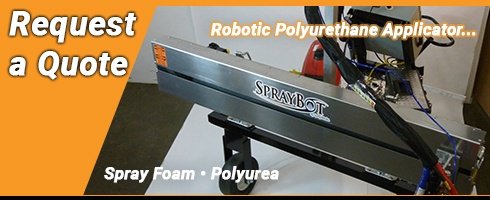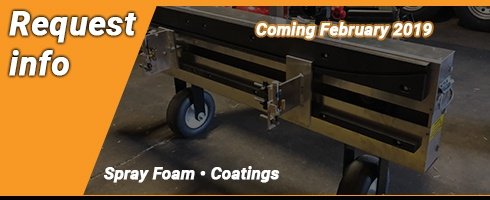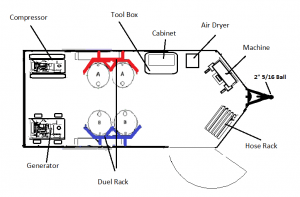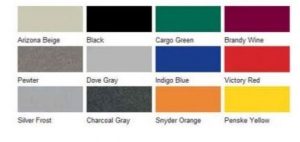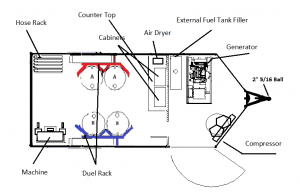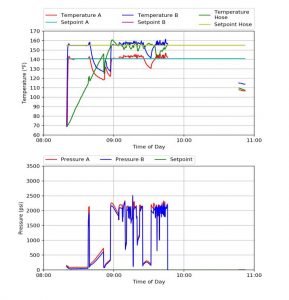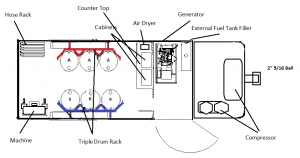Applying spray foam on flat roofing helps provide effective insulation and creates a seamless, energy-efficient barrier for homes and businesses alike.
Since flat roofs contain different characteristics than sloped ones, we wanted to create a blog that defines the process for application, FAQs we receive, and other helpful tips that can assist in your endeavors. Learn more about the application procedure for using spray foam on flat roofing today!

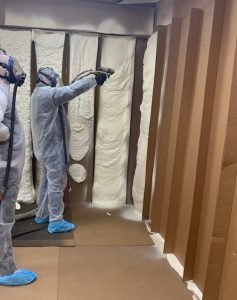 Taking time to properly train your team will prevent losses in both time and money. By investing in your employees, you are able to have them run more efficiently and spend less time fixing costly mistakes.
Taking time to properly train your team will prevent losses in both time and money. By investing in your employees, you are able to have them run more efficiently and spend less time fixing costly mistakes.
